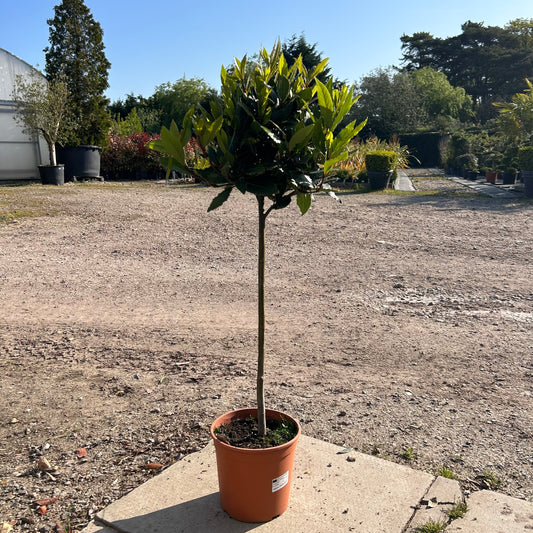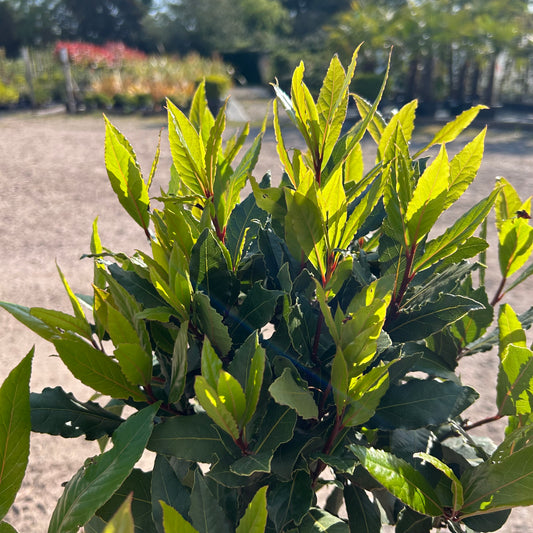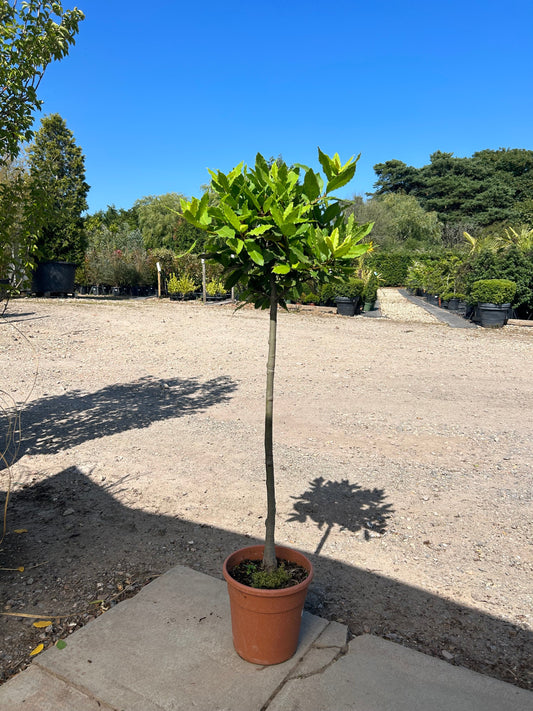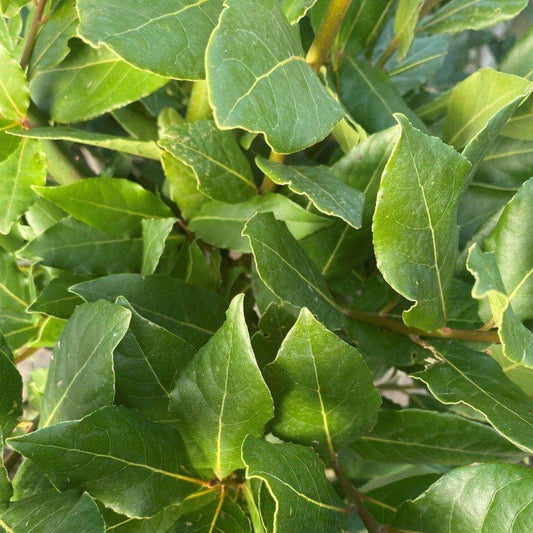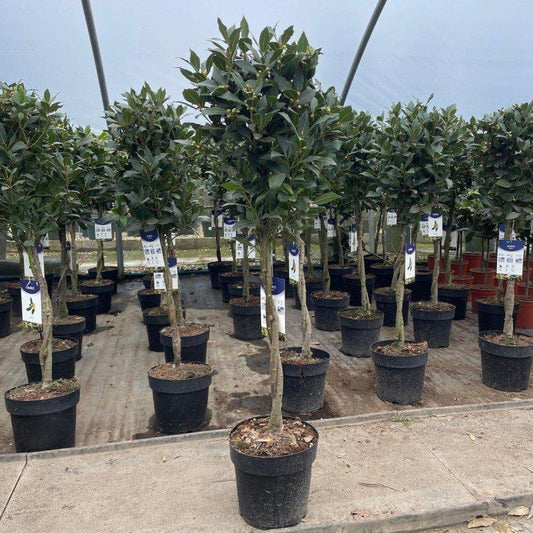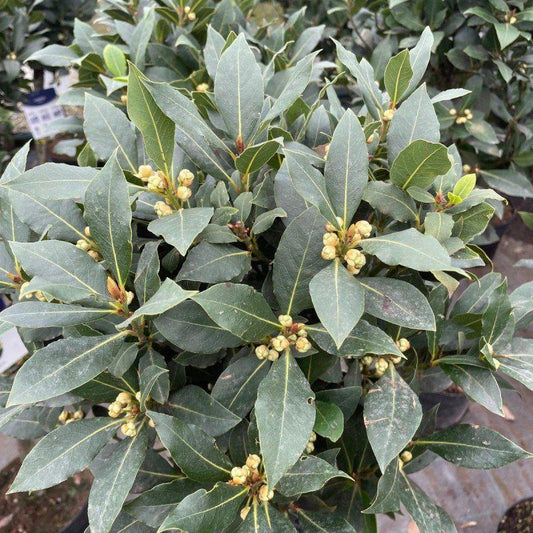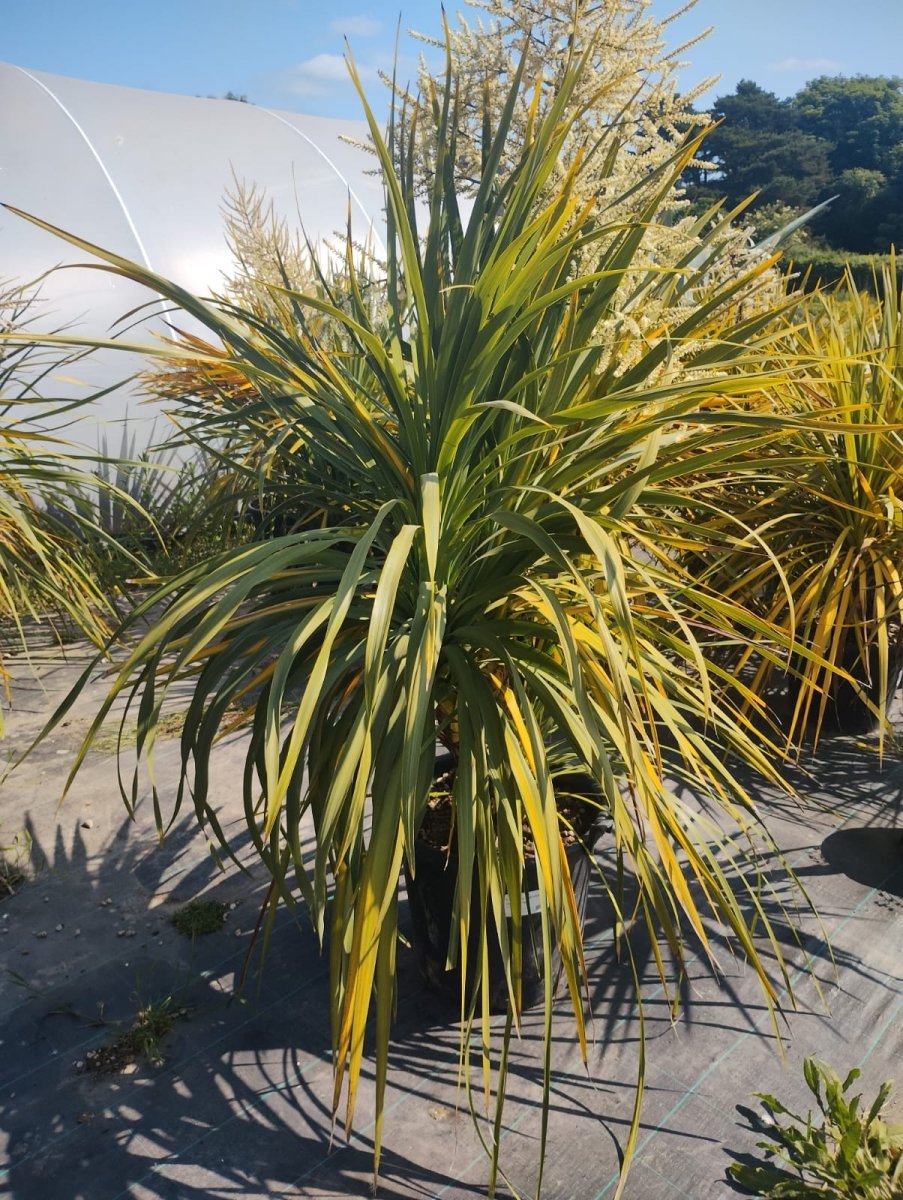Cordyline Indivisa: A Majestic Ornamental Plant for Your Garden
Are you looking to add a touch of elegance and grandeur to your garden? Look no further than Cordyline Indivisa, a stunning ornamental plant that will captivate your senses with its majestic presence. With its unique features and versatility, Cordyline indivisa has become popular among garden enthusiasts and landscaping professionals. In this article, we will explore the various aspects of Cordyline indivisa, from its physical characteristics to its cultivation and care tips. So, let's dive into the world of this remarkable plant and discover why it is a must-have addition to any garden.
1. Understanding Cordyline Indivisa
Cordyline indivisa, commonly known as the New Zealand Cabbage Tree, is a perennial evergreen plant native to New Zealand. This striking plant belongs to the Asparagaceae family and is characterized by its long, sword-shaped leaves that elegantly fan out from the center. The leaves can reach impressive lengths of up to 3 meters, making Cordyline indivisa a true showstopper in any landscape.
2. The Visual Appeal of Cordyline Indivisa
The beauty of Cordyline indivisa lies in its visually captivating foliage. The long, arching leaves have a deep bluish-green coloration, which adds a sense of tranquility and sophistication to any garden setting. The leaves' texture is smooth, and their glossy appearance further enhances their aesthetic appeal. When planted in groups, Cordyline indivisa creates a dramatic focal point, exuding an air of tropical elegance.
3. Cultivation and Care Tips
Cordyline indivisa is a relatively low-maintenance plant, making it an excellent choice for both experienced gardeners and beginners. Here are some essential cultivation and care tips to ensure the health and vitality of your Cordyline indivisa:
a. Sunlight and Temperature: Cordyline indivisa thrives in full or partial sunlight, so it is best to place it in a location that receives ample natural light. However, it is essential to protect it from intense afternoon sun in hotter climates to prevent leaf scorching. This plant prefers mild to warm temperatures, ideally ranging from 55°F (13°C) to 75°F (24°C).
b. Soil Requirements: Cordyline indivisa prefers well-draining soil that is rich in organic matter. A slightly acidic to neutral pH level is ideal for its growth. Ensure that the soil retains some moisture while avoiding waterlogged conditions, as excessive moisture can lead to root rot.
c. Watering: While Cordyline indivisa is relatively drought-tolerant once established, it is crucial to water it regularly during its initial growth phase. Water the plant thoroughly, allowing the soil to dry slightly between waterings. Avoid overwatering, as it can lead to root issues.
d. Pruning: Pruning is generally not necessary for Cordyline indivisa. However, if you want to maintain its desired shape or remove dead or damaged leaves, you can trim the plant carefully. Remember to use sterilized tools to prevent the spread of diseases.
e. Fertilization: Applying a balanced, slow-release fertilizer once or twice a year during the growing season can provide the necessary nutrients for Cordyline indivisa's optimal growth. Follow the manufacturer's instructions and avoid over-fertilization, as it can result in foliage burn.

Frequently Asked Questions (FAQs)
Can Cordyline indivisa be grown indoors? Yes, Cordyline indivisa can be grown indoors as a houseplant. However, it requires bright indirect light to thrive indoors. Place it near a sunny window or provide supplemental grow lights to ensure it receives adequate light. Additionally, maintain a consistent temperature and humidity level in the room to mimic its natural habitat.
Are Cordyline Indivisa suitable for coastal gardens? Absolutely! Cordyline Indivisa is well-suited for coastal gardens due to its tolerance to salt spray and strong winds. Its sturdy leaves can withstand the harsh conditions often found near the coast, making it a resilient and attractive choice for seaside landscapes.
Does Cordyline Indivisa produce flowers? Yes, Cordyline Indivisa can produce small, inconspicuous flowers on mature plants. However, the main appeal of this plant lies in its striking foliage rather than its flowers. The flowers typically appear in clusters on tall stalks and are followed by small berries, adding an interesting touch to the overall aesthetic.
Can Cordyline Indivisa be grown in containers? Certainly! Cordyline Indivisa can be grown successfully in containers, making it a versatile choice for small gardens, patios, or balconies. Ensure the container has drainage holes to prevent waterlogging, use a well-draining potting mix, and provide regular watering and fertilization for optimal growth.
How fast do Cordyline Indivisa grow? Cordyline Indivisa is a relatively slow-growing plant. Its growth rate can vary depending on environmental conditions and care provided. On average, it can take several years for the plant to reach its maximum height and spread. Patience is key when cultivating this magnificent ornamental plant.
See a selection of our Cordyline Indivisa to buy


